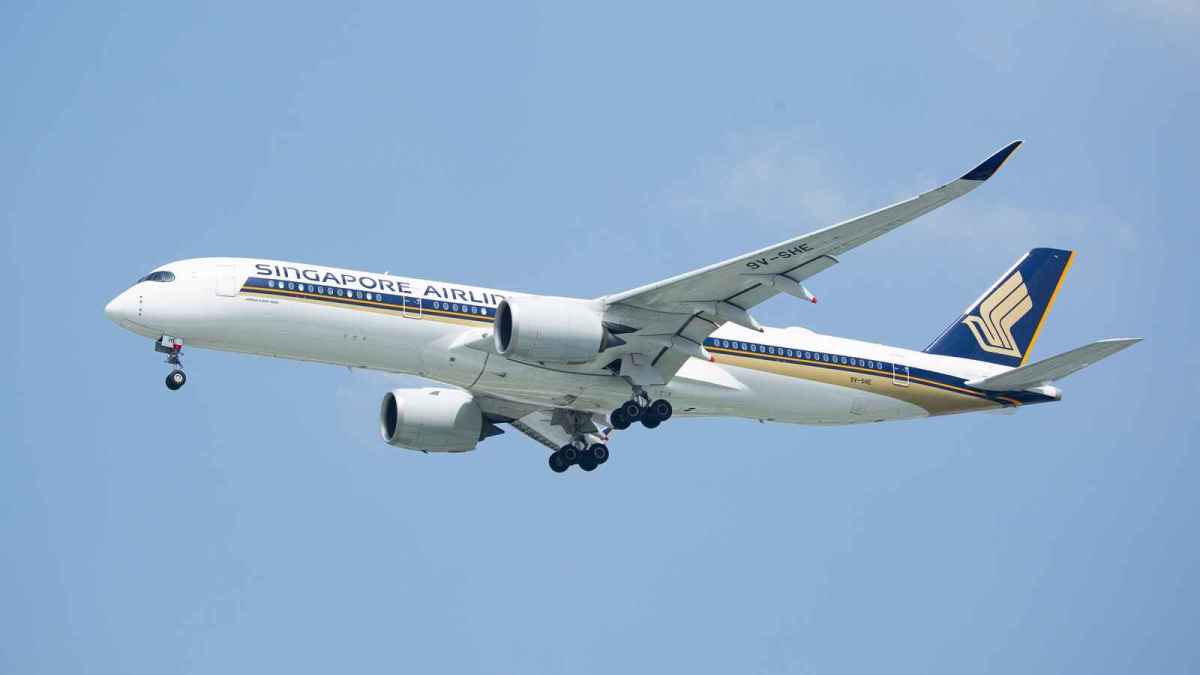And today, we witnessed history being made as the world’s longest nonstop commercial flight took off from New York and didn’t land for a staggering 18 hours. This remarkable feat of aviation technology marks a new era in long-haul travel, as airlines push the boundaries of what was once thought impossible. The flight, operated by Singapore Airlines, covered a distance of over 9,500 miles, crossing multiple time zones and defying the limitations of traditional air travel.
The record-breaking flight departed from Newark Liberty International Airport and arrived in Singapore’s Changi Airport, making it the longest nonstop commercial flight in the world. With a duration of 18 hours and 45 minutes, the flight surpassed the previous record held by Qatar Airways’ Doha-Auckland route, which lasted 18 hours and 20 minutes. This achievement not only showcases the advancement of aviation technology but also demonstrates the increasing demand for ultra-long-haul flights.
So, what makes this flight so special? The answer lies in the technological advancements and innovations in aircraft design. Singapore Airlines utilized their Airbus A350-900ULR (Ultra-Long-Range) for this record-breaking journey. This aircraft is specifically designed to fly extended distances, with features such as a higher fuel capacity and modified cabin layout to accommodate the needs of passengers on lengthy flights. The use of the A350-900ULR allowed the airline to maximize fuel efficiency and minimize the environmental impact of such a long-haul journey.
In addition to the aircraft’s capabilities, Singapore Airlines also implemented measures to enhance the comfort and well-being of passengers during the 18-hour flight. The airline installed new cabin features, including larger windows, better lighting, and improved air circulation, to create a more comfortable and pleasant travel experience. Furthermore, the airline’s renowned inflight service and entertainment options ensured that passengers were well taken care of throughout the journey.
The success of this nonstop commercial flight has not only captured the attention of the aviation industry but also raised questions about the future of long-haul travel. With the introduction of ultra-long-range aircraft and the ability to cover unprecedented distances, airlines are now able to offer direct flights to destinations that were once only accessible through multiple layovers and connections. This shift in the aviation landscape has the potential to redefine the way we travel, making distant destinations more accessible and convenient for passengers.
However, as the capabilities of aircraft continue to evolve, there are also concerns about the impact of ultra-long-haul flights on passengers’ health and well-being. Spending almost a full day in the air can take a toll on the human body, leading to issues such as fatigue, dehydration, and jet lag. Airlines will need to address these concerns by implementing strategies to mitigate the effects of long-haul travel on passengers’ health, such as providing adequate hydration, promoting physical movement, and offering amenities to promote rest and relaxation.
Despite these challenges, the world’s longest nonstop commercial flight represents a significant milestone in the aviation industry and paves the way for future innovations in long-haul travel. As airlines continue to push the boundaries of what is possible, we can expect to see more record-breaking flights and advancements in aircraft technology. This exciting era of ultra-long-haul travel has the potential to revolutionize the way we explore the world, making distant destinations more accessible and interconnected than ever before. And as we look to the future of aviation, it’s clear that the sky is no longer the limit.
